MARKET OVERVIEW
The Global Breast Implant market will continue to shape the aesthetic and reconstructive surgery world in ways that go far beyond the current thinking. This market, which blends medical advancements and changing patient preferences, will bring new dimensions to the clinical and consumer subjects. Surgical technique and a regulatory landscape have dominated past discussions, whereas in upcoming phases, it shall be technology, personalization, and cross-disciplinary influences that forbear.
In the forthcoming years, transformations in the Global Breast Implant market will conceivably be caused by increasing awareness among patients in conjunction with a rising demand for customized results. More stress will be laid on customization by size, shape, and how implants react with individual body types or shapes by both surgeons and clinics. Further developments with biocompatible materials are expected to steer the conversation away from just basic functionality and into comfort and durability. Implants that are developed to fit more naturally with actual tissue could set new safety standards and aesthetic ideals.
The Global Breast Implant market finds itself on the cusp of transforming social perceptions about body image and self-expression beyond what surgical applications can do. Shifting narratives in the media and culture will encourage the demand for more inclusive definitions of beauty, which will travel back down to influence product development and marketing.
The digital era will also have significant bearings upon the industry. Here, clinics and manufacturers would be willing to embrace virtual reality and AI-based visualization technologies so that patients may view potential outcomes with far greater precision than ever before. This intermix of technology will further assure the patient while at the same time providing a quicker consultation process, along with a transparent and well-informed decision-making pathway.
Whereas in the Global Breast Implant market, sustainability will arise as a key topic. Consumers will demand that every step-from production to post-operative care-meet environmental standards. There will also be investments in studies to assess the impact on nature and find ways to reduce it, maybe through biodegradable packaging or materials from ethical sources. This visibly calls for product development and brand positioning.
As new markets evolve, traditional barriers erected by geography will continue to fade along with faster intercontinental transmission of trends and innovations, giving these emerging economies the prospect of filling larger roles with novel perspectives and laying an expanse across the geographic market footprint. Harmonization of regulatory frameworks in different locations can also secure smoother international trade, thereby promoting wider access to advanced products and technologies.
Global Breast Implant market is estimated to reach $3,043.0 Million by 2032; growing at a CAGR of 7.2% from 2025 to 2032.
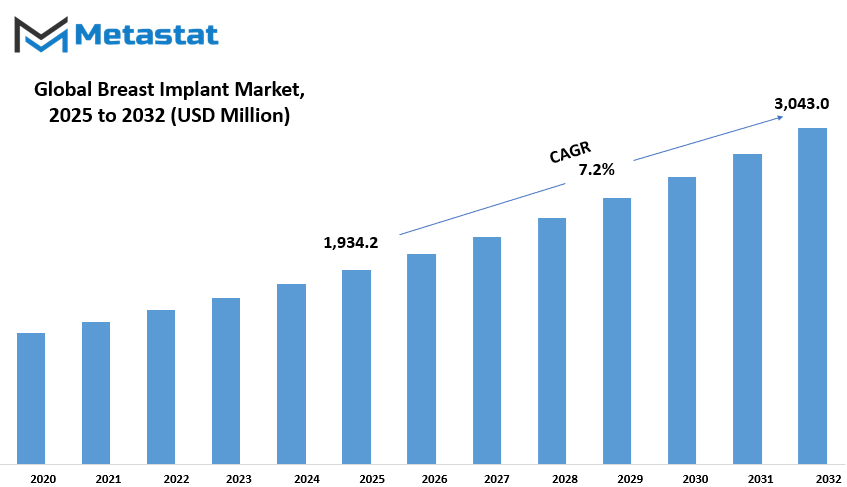
GROWTH FACTORS
The global breast implant market has been steadily growing with the increase in beautification procedures and breast reconstructive surgeries. In more or less devious attempts to better their looks, many people opt for breast implants; others choose breast implants to restore the shape of the breasts after medical treatment, such as a mastectomy. This burgeoning interest serves as a growth engine for the market, registering breast implants as a popular option in both medical and cosmetic avenues. Technology can, by all means, be considered a major driving factor for the growth of this market. Advances and innovations for improvements in materials for implants and in design considerations, along with improvements in surgical techniques, have elevated the safety level and efficacy of implantation procedures thereby patient satisfaction, who, in turn, would encourage confidence in the procedure and safety of results. So, due to safer alternatives and better results, more individuals are attracted to breast implants.
There stand several challenges that may ambush the growth of the market. Safety is a major concern. Despite all the progress in technology, these breast implants still carry risks that are rupture, capsular contracture, and other implant-related illnesses. These health concerns have resulted in close monitoring and stringent regulations by health authorities worldwide. Regulatory scrutiny may cause delays, thereby adding to the costs to manufacturers and clinics and hindering the growth of the market. Apart from medical considerations, social factors hamper the market as well.
As aforementioned problems and yet opportunities were promising for the breast implant market in the future. Expansion into emerging markets and developing countries presents new opportunities for growth. An impetus to create new demand is supplied in many such areas by raising awareness about breast implants, educating the population, and easing access to the procedures. As awareness increases and individuals in these areas comprehensively understand the advantages and disadvantages, some of them may decide in favor of breast implant surgeries. Targeting these areas could carve out new opportunities for companies and thus strengthen their position in the global market. In the presence of challenges, ahead lies an optimistic view of the breast implant market in coming years on account of rising demand, answering technological advancements, and developing new markets.
MARKET SEGMENTATION
By Type
The global breast implant market is growing at a steady pace, accommodating various types of implants to suit different applications and preferences. Accordingly, silicone implant-based application segmentation markets are also done by type: silicone implant and saline implant. Silicone implants have enjoyed high demand due to their natural appearance and feel, hence the high market value for the segment. In 2025, this segment was valued at 1,716.7 USD million, constituting a substantial chunk of the market. The majority decide on these implants as they tend to be softer and more realistic in appearance-an attribute desirable to many patients seeking breast augmentation or reconstruction. Saline implantation, meanwhile, presents the other option; being injected with sterile saltwater, saline implants enjoy their own preferences.
Leakages in these implants are usually detected immediately in the rare case of a puncture, and therefore prompt medical attention can be administered. The segment, however, is not as much in demand as silicone implants but still maintains an important position in the market. The saline implant segment was valued at 217.5 USD million in 2025, thus indicating a healthy demand for this type of implant. Both silicone and saline implants are alternatives for either augmentation purposes or reconstructive purposes after surgical procedures such as mastectomies.
With increasing awareness regarding body image and personal choice, buttressing the breast implant market into contention for the strongest in the supra-regional domain, medical inventions, and better safety standards are actually fueling its growth; more people are in fact candid about the procedures that are currently set for them. With new consultation routes being created, clinics and surgeons now offer more personalized consultations wherein patients can choose the implant that best suits their personal goals and lifestyle. The financial statistics describe the rightful dominance of silicone implants, but it is also clear that saline implants have some relative stand, especially equated with health functions.
In effect, the breast implant market is a mix of medical science and patients' aspirations. Breast implants will continue to be central to fostering these aspirations-the uplift in confidence and the restoration of beauty after a medically oriented course of restoration. Steady growth of the market and strong figures observed in the year 2025 confirm that silicone and saline implants are here to stay in the field for years to come.
By Application
An increase in the need for breast implants has steadily fueled the growth of the implant industry worldwide, mainly dividing into two major fields, reconstructive, and surgical. Reconstruction essentially works towards restoring the shape and appearance of a breast following trauma, injury, or a disease such as breast cancer. For many women, the implant option of reconstruction after a mastectomy is for them to regain their self-confidence and a feeling of normality. Cosmetically, surgery tries to alter the appearance of the breast for personal and aesthetic reasons. This type of surgery is selected by women to increase the size of their breasts, make them more symmetrical, or create an appearance that bolsters their self-esteem.
Globally, these applications drive a constantly increasing demand for breast implants. Between technological progress toward improving safety and efficiency, a growing number of clients find themselves ready to invest in this surgery. Improvements in surgical techniques and newer implant materials brought forth better results and fewer complications. Silicone and saline remain the most commonly used type, each offering its selection of benefits. While silicone implants feel more like natural breast tissue, saline ones are considered safer, as their solution can be absorbed by the body without harm in the case of leakage.
Market growth has been further buttressed by growing awareness of reconstructive procedures and expanding acceptance of cosmetic procedures in many countries. These days social media and celebrity culture propagate changing beauty standards, thereby somewhat mainstreaming cosmetic surgery and reducing its former stigma. Reconstructive surgery supported under a healthcare policy has further pushed demand in some regions.
The growing numbers are not the only variables. Safety concerns, regulatory approvals, and implant repercussions in terms of health or physiology always recast market trends for discussion. Companies are supporting research so as to provide longer-lasting implants, implants that provide a feel and look closest to natural, and that minimize health hazards. So, maintaining a cycle of continuous progress will promote trust in patients and surgeons alike.
Therefore, even in the short term, breast implants remain strongly backed by reconstructive and cosmetic uses. As medical technology evolves and cultural attitudes change, the market will surely persist in its growth. The element of medical need, personal choice, and technical advances ensures that breast implant cases remain a hot option for many seeking restoration or enhancement.
By End-user
The global breast implant market is forecast to show moderate growth in the coming years, driven by the growing demand for cosmetic surgery and the newer technologies in medical science. As processes of breast augmentation and reconstruction are more frequently opted for today, there is much demand for implants. There has been an increasing awareness of selves and physical looks, more money to go around, and social media advertising for these processes. Aside from the aesthetic implantations, reconstructive surgeries also use a lot of breast implants, giving another different dimension to the president.
The market is subcategorized based on the PSA end-use sectors profi rst into hospitals, cosmetology clinics, and other activities. A higher market share is generally held by hospitals because they offer care for both cosmetic and reconstructive surgery. Some desire the surgery to be performed in a hospital that facilitates advanced medical emergencies, if the need arises. On the other hand, beauty clinics concentrate exclusively on beauty and aesthetic procedures, and hence, their growth is imminent. These clinics attract a lot of patients who want an elegant alternative to hospital surgery with personalized service and speedy treatment. The specialized nature of these clinics, combined with a loose schedule for appointments, engages several individuals desirous of cosmetic treatment.
The category includes other end-users such as small private practices and medi-spas that have incorporated breast implant services into their arsenal. Though these comprise only a minor share of the market, they are important possibilities and give patients additional options, especially in the less developed or countryside areas where bigger hospitals or clinics might not be available.
Further, the changes in implant material and technique, which essentially render the procedures safer and more aesthetically pleasing, continue to push forward the growth of the market. At present, there is an abundance of options for a patient to select from, since implants are now available in different shapes, sizes, and materials, depending on what the individual wants or prefers. Going into the future, with the rising acceptance of safety standards and patient satisfaction, we may see an upward trajectory in the breast implant market. Companies through R&D intend to focus on making better products so as to satisfy the dynamic needs of both patients and medical professionals. All in all, the global breast implant market stands fundamentally supported for continuous growth on account of cosmetic and medical needs across diversified end-user segments.
|
Forecast Period |
2025-2032 |
|
Market Size in 2025 |
$1,934.2 million |
|
Market Size by 2032 |
$3,043.0 Million |
|
Growth Rate from 2025 to 2032 |
7.2% |
|
Base Year |
2024 |
|
Regions Covered |
North America, Europe, Asia-Pacific, South America, Middle East & Africa |
REGIONAL ANALYSIS
In this market study, seven major geographic regions have been identified: North America, Europe, Asia-Pacific, South America, and the Middle East & Africa. To understand market distribution more clearly, each of these geographic regions has been further split. The North American breast implant market is divided into the U.S., Canada, and Mexico, having a substantial growth scenario, especially in the U.S., where cosmetic surgery is in very high demand. The European market is divided into the U.K., Germany, France, Italy, and the Rest of Europe. Countries like Germany and France should give the market a strong footing through their well-established healthcare system, and thus, good potential for growth is foreseen there. Asia-Pacific covers India, China, Japan, South Korea, and the Rest of Asia-Pacific.
With increased consciousness for aesthetic procedures and a rise in the number of medical tourism destinations, this region is going through unrestrained growth. The South American market is segmented into the countries of Brazil, Argentina, and the Rest of South America. Brazil, a name synonymous with being the cosmetic surgery hub of the world, most significantly contributes towards the growth of the market in this region. Lastly, the Middle East and Africa region is broken down into GCC Countries, Egypt, South Africa, and the Rest of the Middle East & Africa. An increase in cosmetic procedures is evident with a rise in disposable income and healthcare infrastructure support in the Gulf Cooperation Council countries such as the UAE and Saudi Arabia.
In the main, the Breast Implant Market is affected by certain factors, which may comprise cultural acceptance, medical technological advancement, increased disposable incomes, or better awareness of cosmetic surgery options. North America holds a prominent share of the market on account of its developed medical infrastructures and demands, while the Asia-Pacific has the possibility to be among the fastest-growing markets in the coming years. Europe remains stable with the support of highly efficient healthcare services. South America and the Middle East, along with Africa, are showing growth on a slightly slower note than the others, with key countries helping in pushing forward the market there. Each of the regions exhibits its own set of drivers that influence the progress of the market; however, they all stand as testimony to the global surge in interest in cosmetic and reconstructive breast surgeries. Having these regions distinctly segmented helps in having a good perspective of the market dynamics as well as planning growth opportunities in the future.
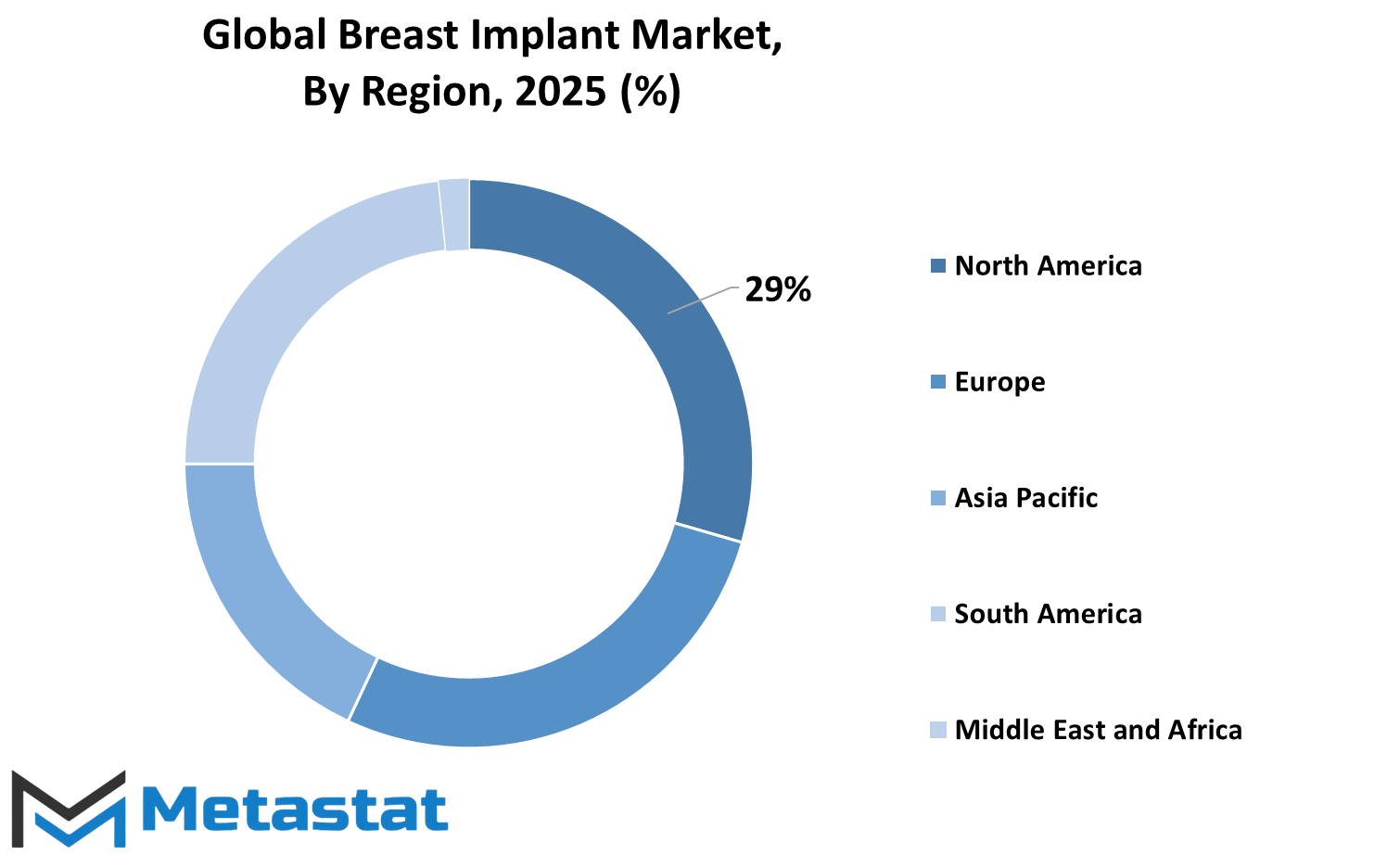
COMPETITIVE PLAYERS
In recent years, the global breast implant market has undergone a phase of rapid growth and is very much expected to continue growing in the foreseeable future. The demand for plastic and reconstructive surgical procedures is on the rise, keeping this industry booming largely among women seeking breast enhancement or reconstitution of breast shape following a variety of medical treatments, including post-mastectomy procedures. Further consumer confidence has been instilled by the technological improvements that have made breast implants safer and more natural-looking. Silicone and saline implants are the primary types of implants available, each having its own advantages. Silicone implants are considered preferable mainly due to their natural feel much like human breast tissue, whereas the major advantage of saline implants lies in safety, in that in the event of a leak the human body absorbs saline solution.
Greater awareness of breast reconstruction translates into increasing numbers undergoing these procedures, thereby giving another impetus to the market's growth. Social media has substantially contributed to changing public attitudes with celebrity endorsements, thereby bestowing implants with a social acceptability and desirability that certain cultures are vastly appreciative of. Yet safety concerns remain: the threat of complication setting factions, capsular contracture, implantation ruptures remain conversing makers and health care practitioners on how to go about better materials and surgical techniques.
The pressure for minimally invasive procedures has seen an unprecedented surge in demand, which keeps the companies flowing their money into R&D, concentrating on the shortened recovery and the relaxation of the customer experience. Of course, regulatory approvals need to be considered for there to be an actual market growth because any manufacturer needs to sail through the rigorous standards of safety and quality before putting the product onto the market.
The key players in the breast implant manufacturing industry are: AbbVie Inc., Allergan plc, Polytech Health & Aesthetics GmbH, Establishment Labs S.A, GC Aesthetics, Groupe Sebbin SAS, Guangzhou Wanhe Plastic Materials Co., Ltd., HansBioMed, Johnson & Johnson (Mentor Worldwide LLC), Laboratoires Arion, Sientra Inc, Motiva Implants, Nagor Ltd., and IDEAL IMPLANT Incorporated. The companies have a pursuit to venture forth into the manufacture of other end-products.
The breast implant market is likely to increase in size as technological improvements take effect and as cosmetic and reconstructive procedures become increasingly popular. With further scope for advancements in terms of safety and quality, this industry is ready to meet the changing preferences of patients globally.
Breast Implant Market Key Segments:
By Type
- Silicone Implants
- Saline Implants
By Application
- Reconstructive Surgery
- Cosmetic Surgery
By End-user
- Hospital
- Cosmetology Clinic
- Other End-users
Key Global Breast Implant Industry Players
- AbbVie Inc.
- Allergan plc
- Polytech Health & Aesthetics GmbH
- Establishment Labs S.A.
- GC Aesthetics
- Groupe Sebbin SAS
- Guangzhou Wanhe Plastic Materials Co., Ltd.
- HansBioMed
- Johnson & Johnson (Mentor Worldwide LLC)
- Laboratoires Arion
- Sientra Inc
- Motiva Implants
- Nagor Ltd.
- IDEAL IMPLANT Incorporated
WHAT REPORT PROVIDES
- Full in-depth analysis of the parent Industry
- Important changes in market and its dynamics
- Segmentation details of the market
- Former, on-going, and projected market analysis in terms of volume and value
- Assessment of niche industry developments
- Market share analysis
- Key strategies of major players
- Emerging segments and regional growth potential



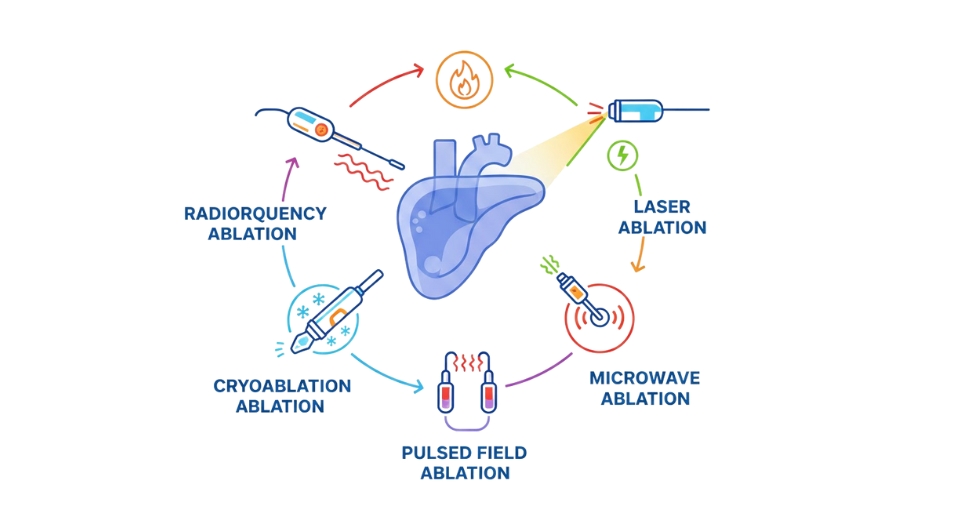

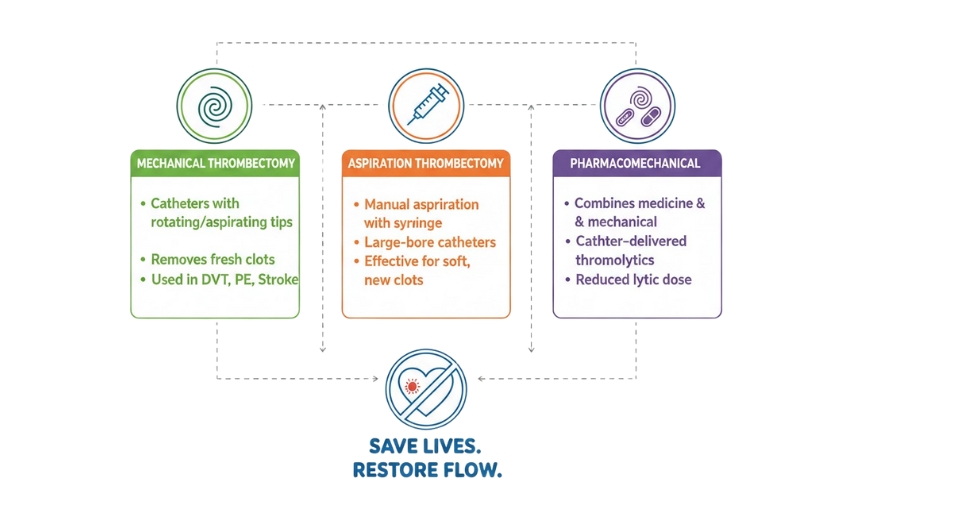
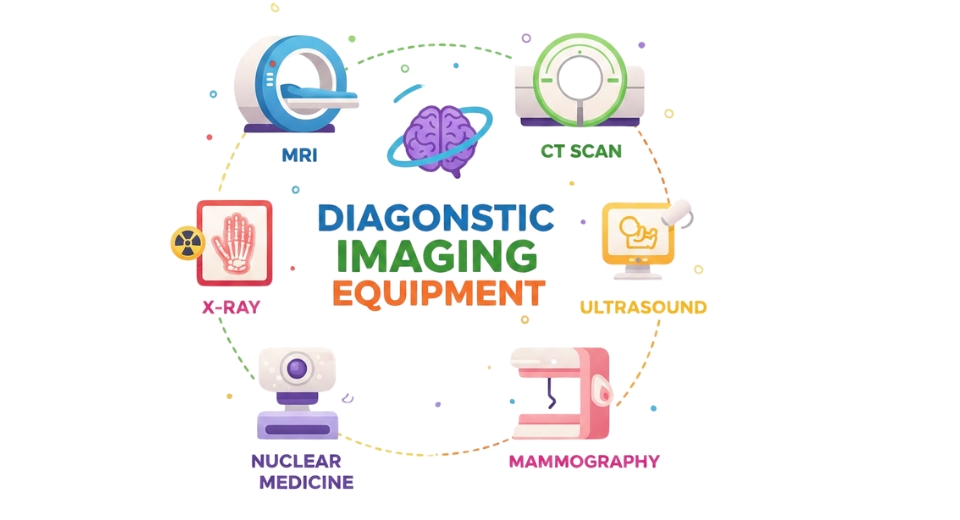

 US: +1 3023308252
US: +1 3023308252






